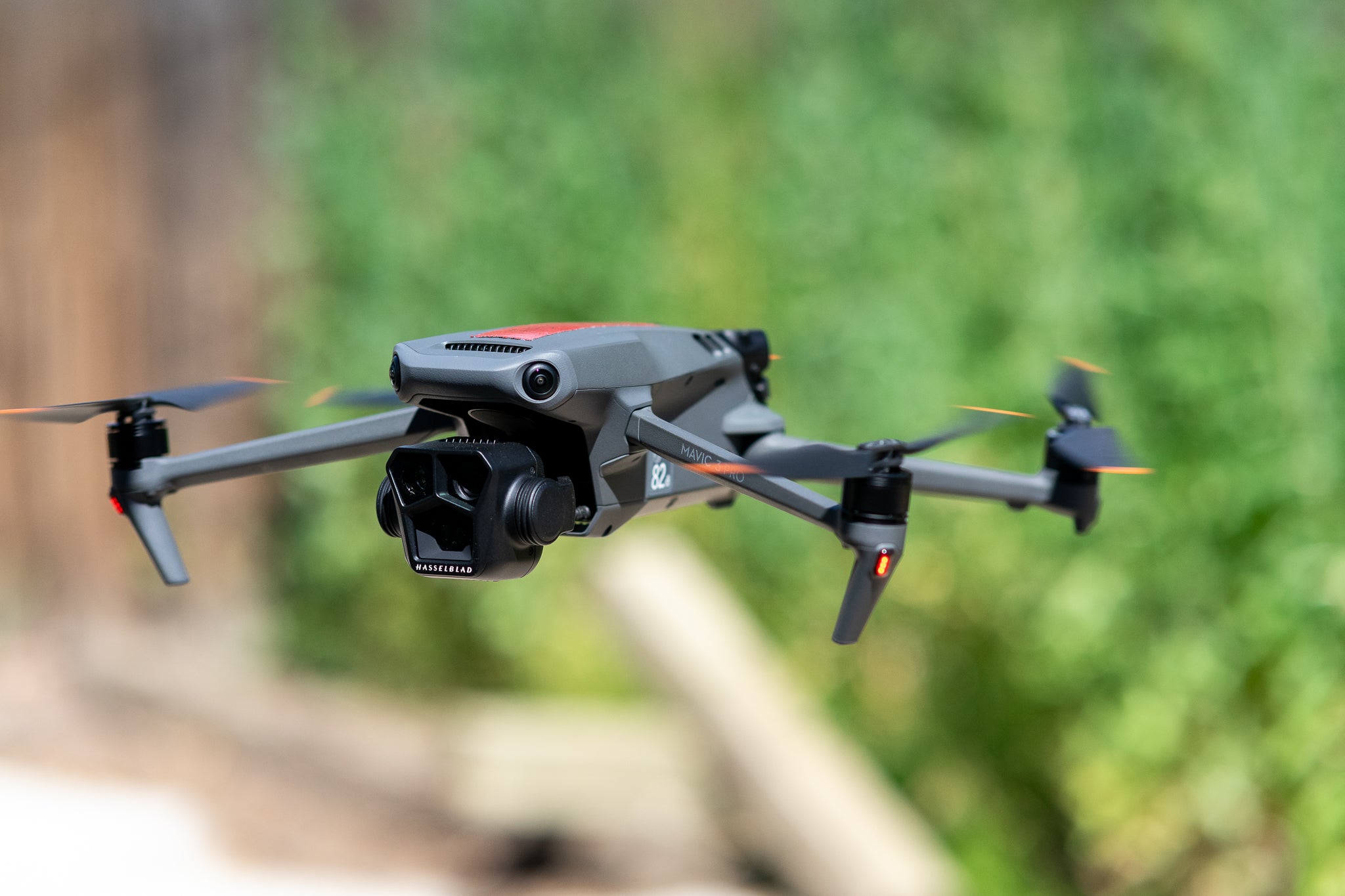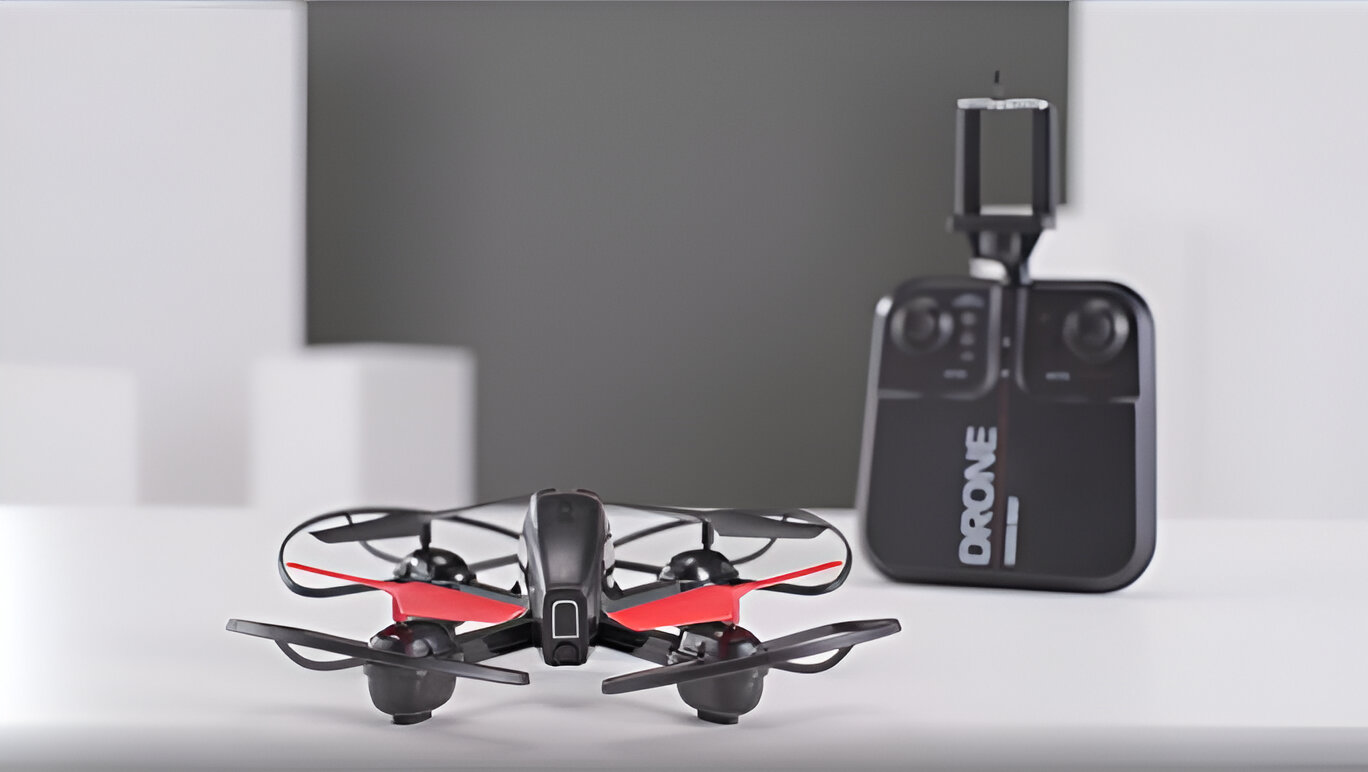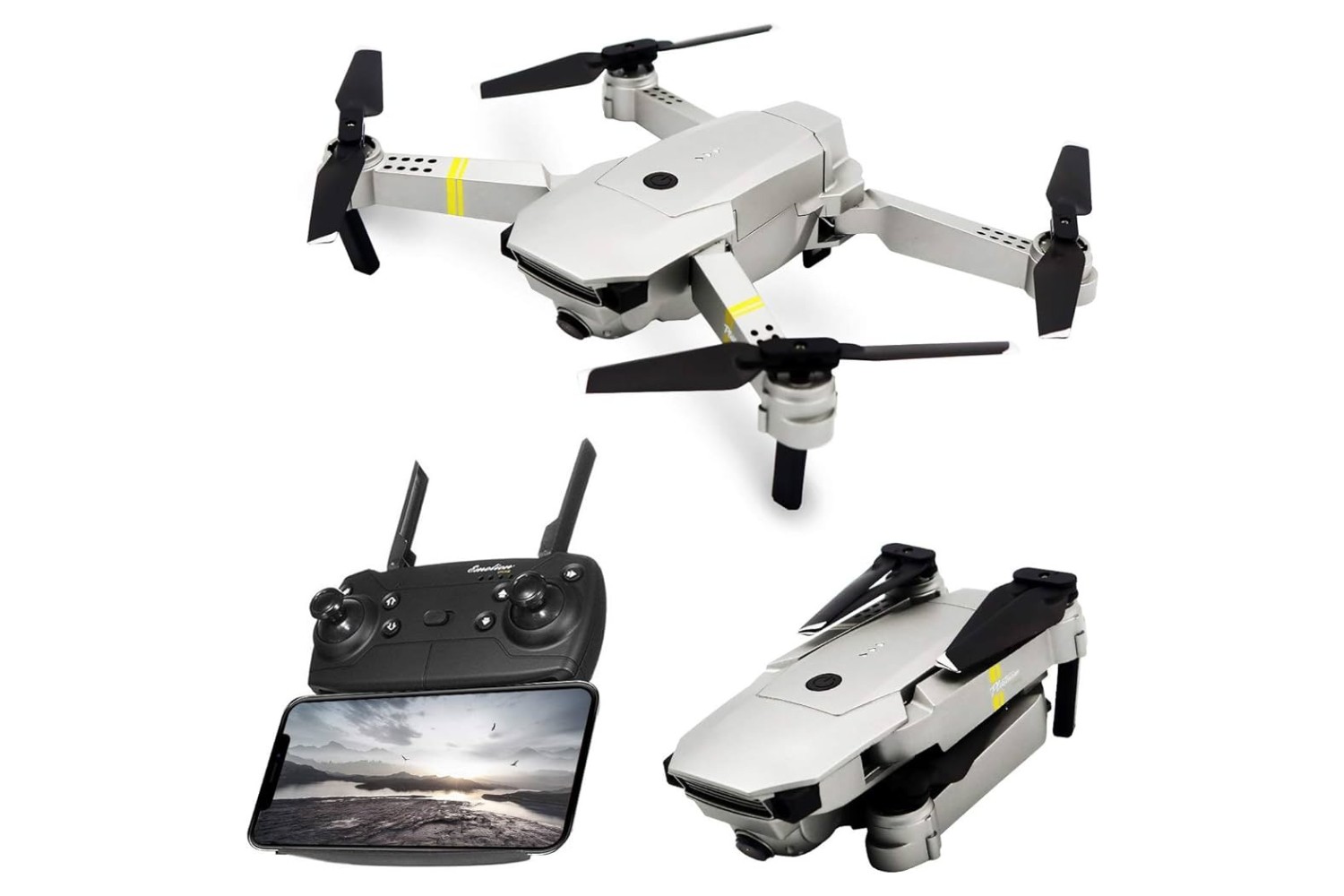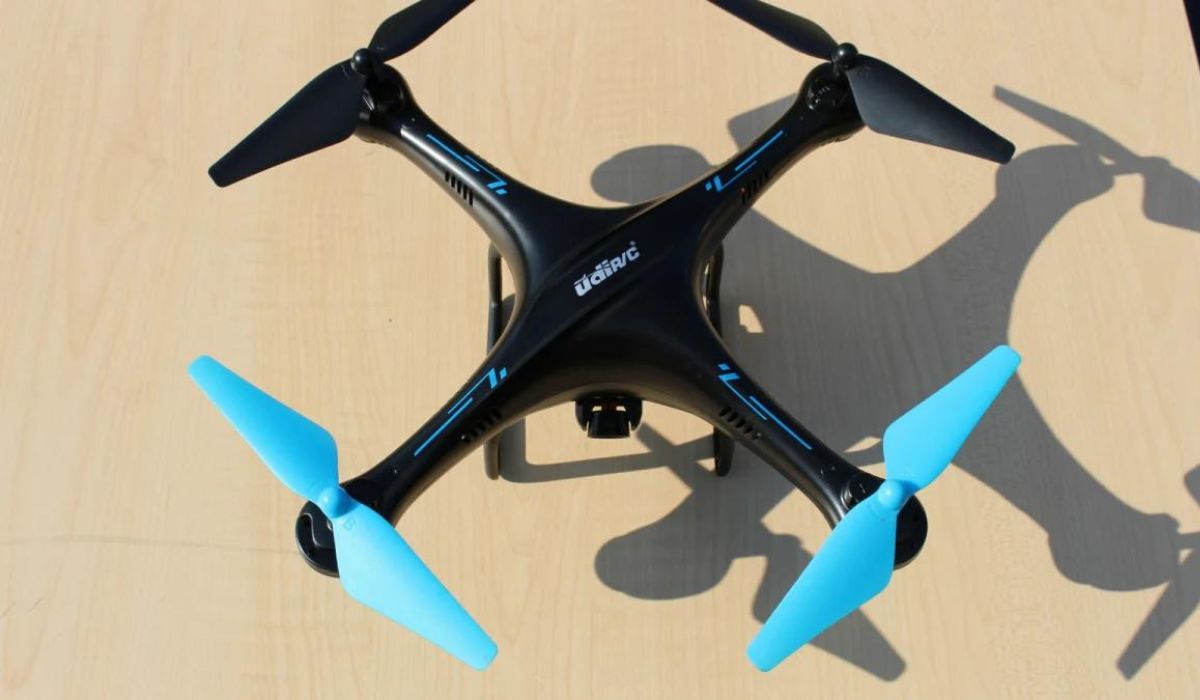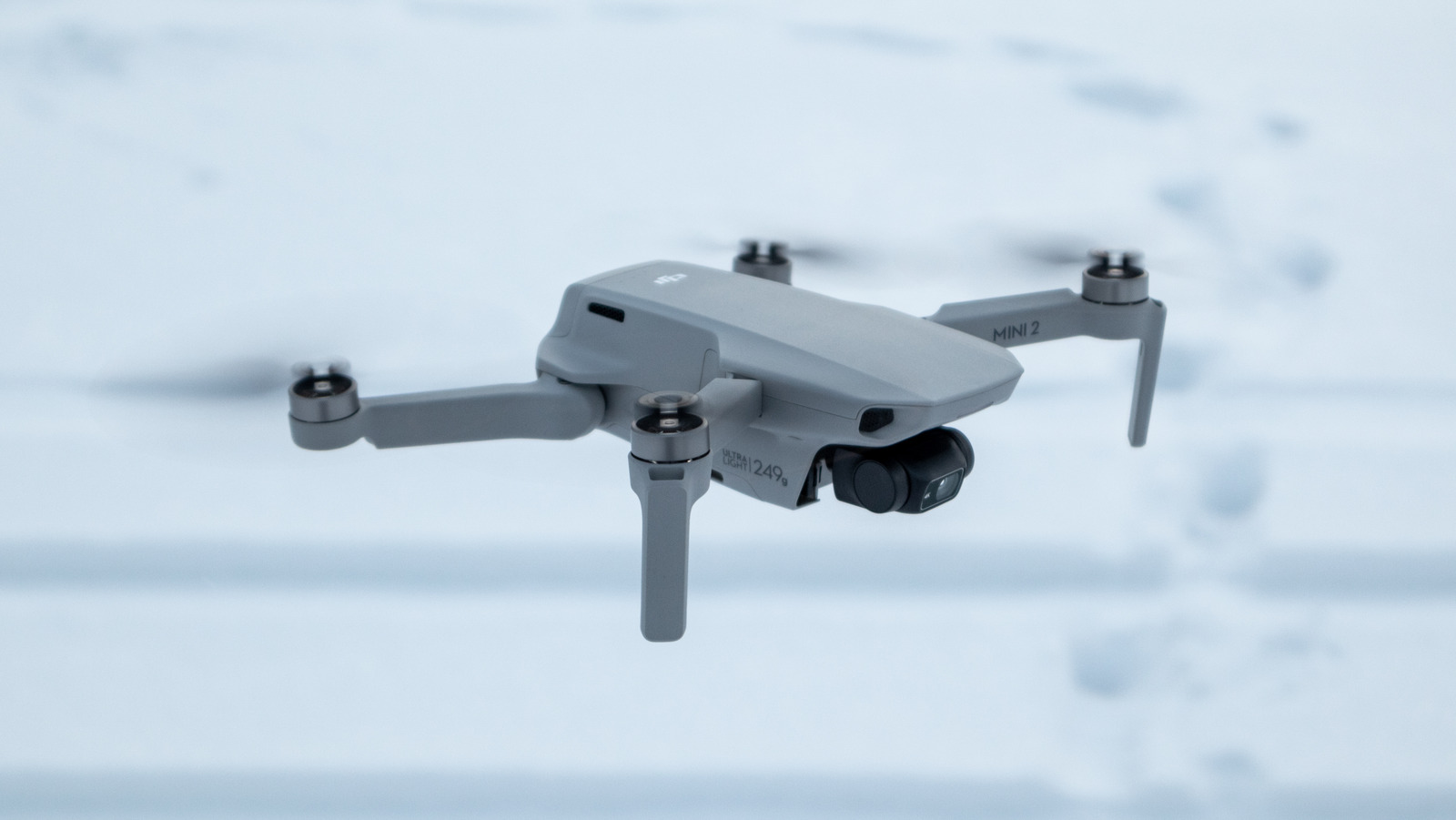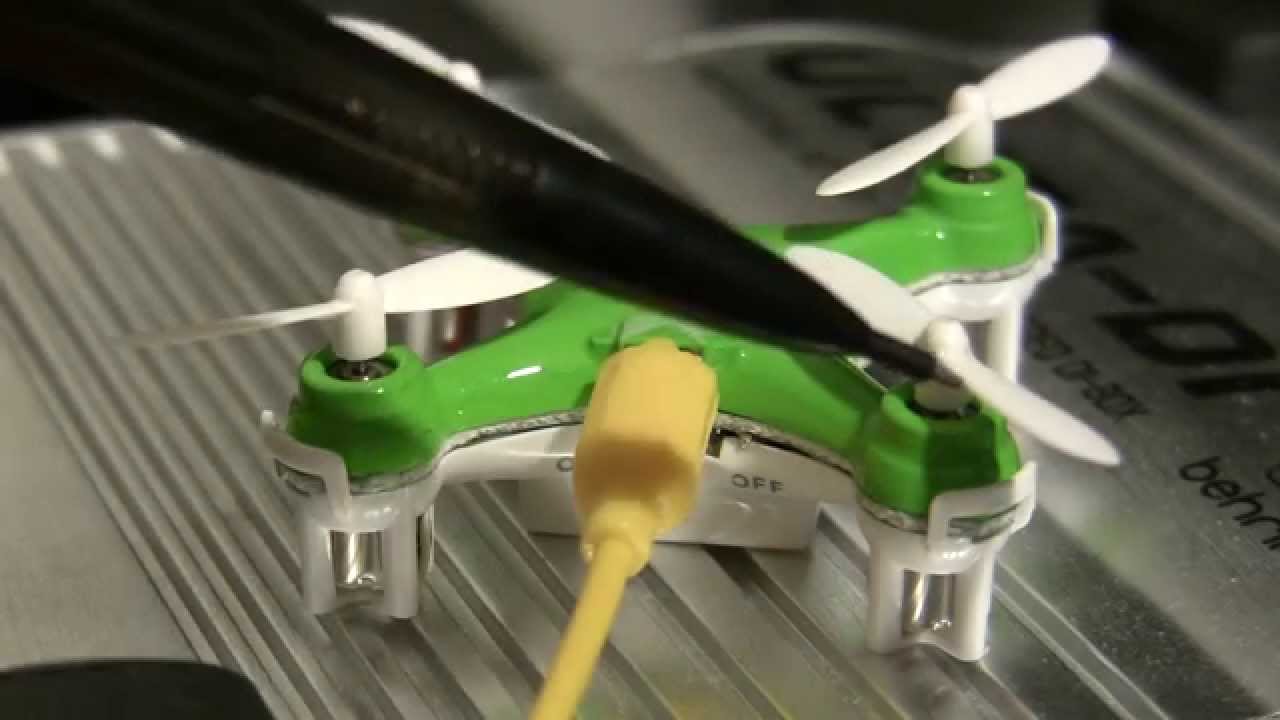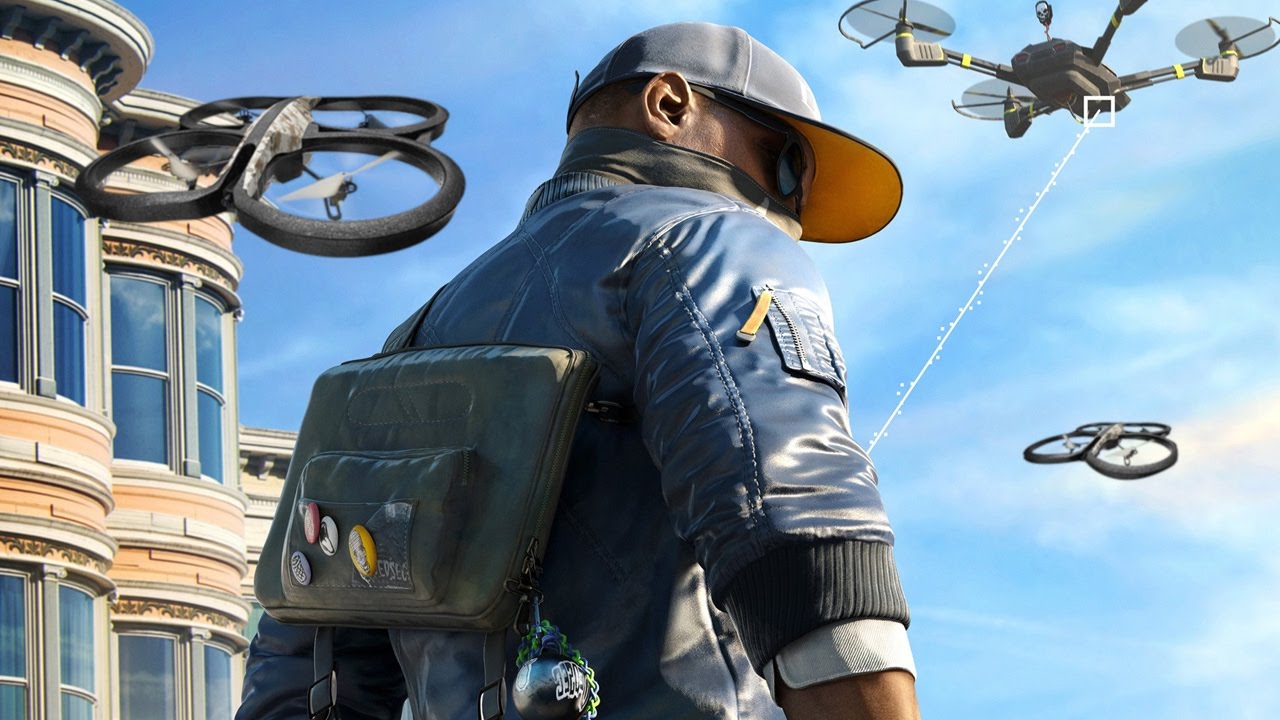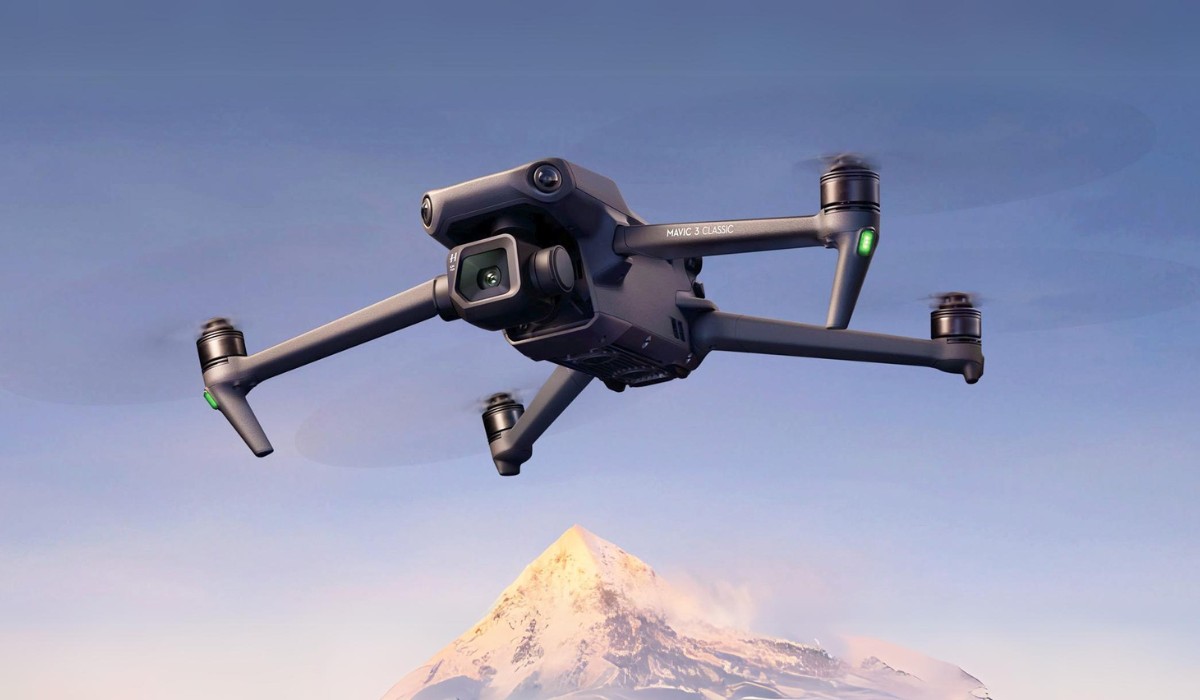Introduction
Drone cameras have revolutionized the way we capture images and videos from above. These versatile devices, also known as unmanned aerial vehicles (UAVs), are equipped with cameras that can capture high-quality aerial footage. Whether you’re a professional photographer, a hobbyist, or someone looking to explore new perspectives, a drone camera is a must-have tool.
In recent years, drone cameras have become increasingly popular due to their accessibility, ease of use, and affordability. They offer a unique perspective that was once limited to professional photographers with access to helicopters or expensive aerial equipment. Now, anyone can take stunning aerial shots and add a whole new dimension to their photography or videography.
So, what exactly is a drone camera? How does it work, and what are the different types available on the market? In this article, we will discuss all these questions and more. We will also explore the benefits of using drone cameras and the various applications they have in different fields. Whether you’re a professional looking to expand your photography business or just a photography enthusiast eager to explore new horizons, this article will provide you with the essential information you need to know about drone cameras.
With the increasing popularity of drone cameras, it’s important to understand how they work and what to consider before purchasing one. We will discuss some key tips for using a drone camera effectively and highlight the factors you should take into account when making a buying decision. By the end of this article, you’ll have a comprehensive understanding of drone cameras and be ready to take your photography and videography to new heights.
What is a Drone Camera?
A drone camera is a type of unmanned aerial vehicle (UAV) equipped with a camera that allows users to capture aerial photographs and videos. These devices are typically controlled remotely and are capable of flying in various directions, altitudes, and speeds. Drone cameras have gained immense popularity due to their ability to provide a unique perspective and capture stunning aerial imagery.
The camera component of a drone is specifically designed to capture high-quality photos and videos from an elevated vantage point. It is mounted on the drone’s body and can be adjusted to different angles and positions, allowing for a wide range of shooting possibilities. Some advanced drone cameras even offer features like image stabilization, auto-focus, and different shooting modes to enhance the quality of the captured footage.
Drone cameras come in various sizes and configurations, ranging from small recreational models to professional-grade rigs used in filmmaking and aerial photography. They are equipped with advanced technology such as GPS navigation, obstacle avoidance sensors, and intelligent flight modes, making them easier to operate and safer to fly.
One of the key features that sets drone cameras apart from traditional photography equipment is their ability to capture shots from unique perspectives. With a drone camera, you can capture aerial shots of landscapes, buildings, events, and even wildlife from angles that were previously impossible or difficult to achieve. This opens up a world of creative possibilities for photographers, videographers, and content creators, allowing them to showcase their subjects in a whole new way.
Furthermore, drone cameras are not limited to capturing static images. They can also record dynamic video footage, allowing users to capture sweeping panoramic shots, soaring aerial tracking shots, and even cinematic camera movements. The combination of stunning visuals, smooth movements, and the sense of freedom offered by drone cameras make them extremely appealing for creative individuals and professionals alike.
In the next section, we will delve deeper into how drone cameras actually work, shedding light on the technology and mechanisms that enable these devices to navigate the skies and capture breathtaking imagery.
How Does a Drone Camera Work?
Understanding the inner workings of a drone camera can shed light on how these impressive devices are able to capture stunning aerial imagery. At the core of a drone camera is a combination of advanced technologies and components that work together seamlessly to facilitate flight and capture high-quality footage.
One of the key components of a drone camera is the flight controller. This is the brain of the drone, responsible for processing commands from the user’s remote controller or smartphone app and translating them into flight movements. The flight controller gathers data from various sensors, such as gyroscopes and accelerometers, to maintain stability and control during flight.
In addition to the flight controller, drone cameras are equipped with GPS (Global Positioning System) receivers. GPS allows the drone to accurately navigate and maintain its position in the sky. This feature enables the drone to autonomously hover in place, follow a pre-programmed flight path, or even return to its takeoff location with the push of a button.
To capture aerial footage, drone cameras are equipped with high-quality cameras that are mounted on gimbals. A gimbal is a mechanical system that stabilizes the camera, minimizing vibrations and ensuring smooth and steady footage even during fast flight maneuvers. Some advanced drone cameras also feature three-axis gimbals, which provide even greater stability and precision in capturing imagery.
Controlling a drone camera is typically done through a remote controller or a smartphone app. The remote controller allows users to maneuver the drone in different directions, adjust altitude, and control the camera’s tilt and rotation. Smartphone apps, on the other hand, provide additional functionality such as live video streaming, automatic flight modes, and waypoint navigation.
Modern drone cameras often incorporate advanced features such as obstacle avoidance sensors. These sensors use technology like infrared or ultrasonic sensors to detect and avoid obstacles in the drone’s flight path. This enhances the safety and maneuverability of the drone, allowing users to capture footage with peace of mind.
Powering a drone camera is done using a rechargeable battery. The flight time of a drone camera can vary depending on the model and battery capacity but generally ranges from around 15 to 30 minutes. It’s important to keep in mind that flight time is affected by factors such as wind conditions, camera usage, and flight maneuvers.
Overall, the combination of flight controllers, GPS, cameras, gimbals, and user controls make drone cameras incredibly versatile and capable of capturing amazing aerial imagery. In the next section, we will explore the different types of drone cameras available on the market and their specific features.
Different Types of Drone Cameras
When it comes to drone cameras, there are various types available on the market, each offering unique features and capabilities. Understanding the different types can help you choose the right drone camera that suits your needs and preferences. Let’s explore the most common types of drone cameras:
- Recreational Drones: These are entry-level drones designed for hobbyists and beginners. They are often compact, lightweight, and affordable. Recreational drones are perfect for casual aerial photography and can capture decent quality images and videos. They usually have shorter flight times and limited camera features compared to professional-grade drones.
- Camera Drones: As the name suggests, these drones are specifically built with advanced cameras. They offer higher quality images and videos compared to recreational drones. Camera drones often come with features like higher resolution cameras, adjustable gimbals, and image stabilization. They are suitable for enthusiasts and individuals looking to capture professional-looking footage.
- Professional Drones: These drones are designed for professionals in fields such as filmmaking, aerial photography, surveying, and inspections. Professional drones offer more advanced features and higher quality cameras. They may have longer flight times, better image stabilization, and higher resolution capabilities. These drones provide professionals with the tools and capabilities required for their specific applications.
- FPV Drones: FPV (First-Person View) drones are designed with a specific focus on real-time video transmission. These drones allow users to experience flying as if they were sitting in the cockpit. They are often equipped with high-definition video cameras that provide an immersive first-person viewing experience. FPV drones are popular among racing enthusiasts and those looking for an adrenaline-pumping flying experience.
- Drone Kits: Drone kits are do-it-yourself packages that allow users to build their own drone cameras. These kits typically include all the necessary components like frames, motors, flight controllers, and cameras. Building a drone from a kit provides users with a deeper understanding of the inner workings of a drone and allows for customization. Drone kits are ideal for those who enjoy the process of building and tinkering with technology.
It’s important to assess your specific needs and requirements when choosing a drone camera. Consider factors such as intended use, budget, camera quality, flight time, and additional features like obstacle avoidance, GPS, and autonomous flight modes. By understanding the different types of drone cameras available, you can make an informed decision and find the perfect drone camera that meets your expectations.
Benefits of Using Drone Cameras
The rise in popularity of drone cameras can be attributed to the wide range of benefits they offer. From capturing breathtaking aerial shots to enhancing professional workflows, drone cameras have revolutionized the way we approach photography, videography, and various industries. Let’s explore some of the key benefits of using drone cameras:
- Aerial Perspective: One of the most significant advantages of drone cameras is the ability to capture images and videos from unique aerial perspectives. By flying high above the ground, drone cameras offer a bird’s-eye view that adds a new level of depth, context, and visual interest to your compositions. This perspective allows photographers and videographers to capture stunning landscapes, architecture, and events in ways that were previously impossible.
- Improved Safety: Drone cameras provide a safer alternative to traditional methods of capturing aerial footage. In the past, professionals often relied on manned helicopters or cranes to capture high-angle shots, which came with significant safety risks and operating expenses. With drone cameras, users can get heightened shots without putting themselves or others in danger. This is particularly advantageous in industries such as inspections, surveying, and search and rescue operations.
- Cost-Effective: Compared to traditional aerial solutions, such as helicopters or manned aircraft, drone cameras are much more affordable. The upfront cost of a drone camera may vary depending on the model and features, but it is generally more affordable than the rental or ownership costs associated with traditional aerial equipment. Additionally, the lower maintenance and operational expenses of drone cameras make them a cost-effective option for individuals and businesses.
- Time-Saving: Drone cameras can significantly reduce the time required to capture aerial footage. With traditional methods, capturing shots from different angles or locations can be time-consuming and may involve setting up elaborate equipment. Drone cameras, on the other hand, can quickly maneuver to various positions, providing a time-saving solution for photographers, filmmakers, and professionals who need to capture multiple shots in a limited time frame.
- Flexibility and Maneuverability: Drone cameras offer unmatched flexibility and maneuverability in capturing imagery. With the ability to fly at different altitudes and angles, drone cameras provide photographers and videographers with a wide range of creative options. They can easily track moving subjects, perform smooth camera movements, and capture expansive panoramic shots. This flexibility allows for more engaging and dynamic visuals compared to static ground-based footage.
- Accessibility: With the advancement of technology, drone cameras have become more accessible to a wider audience. There are models available for different skill levels and budgets, making it possible for enthusiasts and professionals alike to enjoy the benefits of aerial photography and videography. The intuitive controls and user-friendly interfaces of drone cameras have also contributed to their accessibility, allowing individuals with little to no experience to quickly learn and operate these devices.
Whether you are a photographer, filmmaker, content creator, or professional in various industries, drone cameras offer an array of benefits that can elevate your work and provide you with new creative possibilities. The next section will explore the diverse applications of drone cameras across different fields.
Applications of Drone Cameras
Drone cameras have found numerous applications across various industries, transforming the way professionals approach their work. The versatility and aerial capabilities of drone cameras have opened up a world of possibilities in fields ranging from photography and filmmaking to surveying and agriculture. Let’s explore some of the key applications of drone cameras:
- Aerial Photography and Videography: One of the most popular applications of drone cameras is in aerial photography and videography. They provide photographers and filmmakers with the ability to capture stunning aerial shots, offering a fresh perspective and creating visually captivating imagery. Drone cameras are widely used in areas such as real estate photography, landscape photography, event coverage, and filmmaking, providing unique and dynamic visuals.
- Mapping and Surveying: Drone cameras have become valuable tools in the field of mapping and surveying. They can quickly and accurately capture aerial imagery that can be used for creating detailed maps, 3D models, and topographic surveys. The ability to autonomously capture images and cover large areas exponentially increases the efficiency and accuracy of mapping and surveying projects.
- Infrastructure Inspections: With the use of drone cameras, it has become easier and safer to inspect infrastructure such as buildings, bridges, and power lines. Instead of sending personnel to potentially dangerous heights or inaccessible areas, drones equipped with cameras can provide a cost-effective and efficient solution. This application has proven to be especially beneficial in industries like civil engineering, construction, and maintenance.
- Search and Rescue: Drone cameras have been instrumental in search and rescue operations. Equipped with thermal imaging cameras and powerful searchlight capabilities, drones can cover large areas quickly, helping locate missing persons or stranded individuals. The real-time aerial footage provided by drone cameras helps emergency responders make informed decisions in time-critical situations.
- Agriculture and Crop Monitoring: Drone cameras have transformed the agricultural industry, providing farmers with a new level of precision and efficiency. Equipped with specialized sensors and cameras, drones can monitor crops, detect plant diseases, track irrigation patterns, and assess soil health. This information allows farmers to make data-driven decisions, optimize crop yield, and minimize resource wastage.
- Environmental Monitoring: Drone cameras have proven to be invaluable tools in environmental research and conservation efforts. They can be used to monitor wildlife populations, track changes in habitats, and assess the health of ecosystems. Drone cameras provide researchers with the ability to collect data from remote or inaccessible areas, aiding in the study and preservation of natural environments.
These applications only scratch the surface of the potential uses of drone cameras. From disaster response and surveillance to event management and more, drone cameras continue to find innovative applications in various industries. As technology advances and regulations evolve, we can expect to see even more diverse uses of drone cameras in the near future.
Tips for Using a Drone Camera
Utilizing a drone camera effectively requires practice, skill, and adherence to certain guidelines. These tips will help you make the most out of your drone camera and capture stunning aerial imagery:
- Know Your Drone: Familiarize yourself with the features, controls, and limitations of your drone camera. Read the user manual thoroughly, understand the flight modes, camera settings, and any specific safety instructions.
- Choose the Right Location: Select a suitable location that complies with local regulations and allows for safe and legal drone operations. Consider factors such as airspace restrictions, weather conditions, and the presence of obstacles or crowds.
- Practice Flight Skills: Start with basic flight maneuvers and gradually progress to more advanced techniques. Develop your piloting skills in open areas with minimal distractions to avoid crashes or accidents.
- Plan Your Shots: Before taking off, plan your shots and envision the compositions you want to capture. Consider the lighting conditions, subject placement, and points of interest to create visually appealing aerial photographs or videos.
- Use Camera Settings Wisely: Experiment with different camera settings, such as exposure, white balance, and resolution, to achieve the desired results. Understand how these settings can impact the final output and make adjustments accordingly.
- Master the Art of Composition: Apply the principles of composition such as the rule of thirds, leading lines, and symmetry to create well-balanced and visually engaging shots. Experiment with different angles and perspectives to add depth and interest to your aerial photographs.
- Consider Safety First: Always prioritize safety when operating your drone camera. Follow local regulations, maintain visual line of sight, and keep a safe distance from people, buildings, and other aircraft. Regularly check the condition of your drone, ensure proper battery levels, and perform pre-flight checks.
- Be Mindful of Battery Life: Monitor your drone’s battery levels and plan your flights accordingly. Keep in mind that factors such as wind conditions and camera usage can impact the flight time. Carry spare fully charged batteries to extend your shooting time if needed.
- Edit and Enhance: Once you’ve captured your aerial footage, take the time to edit and enhance the photographs or videos. Use professional editing software to fine-tune the colors, contrast, and sharpness to bring out the best in your aerial imagery.
- Continuously Learn and Improve: The more you fly and practice with your drone camera, the better you’ll become. Stay updated with new features, techniques, and regulations through online tutorials, forums, and workshops. Learning from other drone enthusiasts and professionals can help you elevate your skills and take your aerial photography to new heights.
By following these tips, you can maximize the potential of your drone camera and capture breathtaking aerial imagery with confidence and skill.
Things to Consider Before Buying a Drone Camera
Investing in a drone camera requires careful consideration to ensure you choose the right model that meets your specific needs and preferences. Here are some important factors to keep in mind before making a purchase:
- Intended Use: Determine the primary purpose of your drone camera. Are you using it for recreational photography, professional videography, or specific industry applications? Understanding your intended use will help you narrow down the features and capabilities you require.
- Camera Quality: The image and video quality of a drone camera are crucial considerations. Look for cameras with high resolution, adjustable gimbals for stabilization, and image sensors capable of capturing detailed footage in various lighting conditions.
- Flight Time and Battery Life: Consider the flight time and battery life of the drone camera. Longer flight times allow for extended shooting sessions, while spare batteries can provide additional flight time. Strike a balance between flight time and the weight and size of the drone camera.
- Control Range: The control range determines how far you can fly your drone camera without losing connection with the remote controller. Consider the range you require depending on your shooting needs and the locations you plan to operate in.
- Flight Stability and Safety Features: Look for drone cameras with built-in features like GPS stabilization, obstacle avoidance systems, and return-to-home functions. These features enhance stability during flight and help prevent accidents or crashes.
- Regulations and Local Laws: Familiarize yourself with the regulations and local laws governing drone operations in your area. Different regions have varying restrictions on flying altitude, flight zones, and privacy considerations. Ensure that the drone camera you choose complies with these regulations.
- Portability and Ease of Use: Consider the portability and ease of use of the drone camera. If you plan to travel frequently with your drone, look for a model that is lightweight and easily collapsible for convenient storage and transport.
- Price and Budget: Set a budget range for your drone camera purchase. Consider the features and capabilities you require, and compare prices from different manufacturers to find the best value for your investment. Remember to factor in the cost of additional accessories and spare parts.
- Reviews and Reputation: Before making a final decision, read reviews and seek recommendations from other drone users. Check the reputation and track record of the manufacturer to ensure reliability and customer support.
- Support and Accessories: Consider the availability of spare parts, accessories, and customer support for the drone camera you choose. It is important to have access to replacement parts, firmware updates, and knowledgeable support in case any issues arise during your ownership.
By thoroughly evaluating these factors, you can make an informed decision and choose the drone camera that best suits your needs, allowing you to capture stunning aerial imagery and embark on exciting new creative and professional adventures.
Conclusion
Drone cameras have revolutionized the way we capture images and videos, offering a unique aerial perspective and opening up new possibilities for photographers, videographers, and professionals across various industries. With their advanced technology, ease of use, and ever-improving capabilities, drone cameras have become essential tools for capturing stunning aerial footage.
In this article, we have explored what drone cameras are and how they work. We have discussed the different types of drone cameras, from recreational models to professional-grade rigs, each catering to different needs and skill levels. Additionally, we have highlighted the benefits of using drone cameras, such as the ability to capture aerial perspectives, improved safety, cost-effectiveness, time-saving, and accessibility to a wider audience.
Furthermore, we have delved into the diverse applications of drone cameras across various industries, including aerial photography and videography, mapping and surveying, infrastructure inspections, search and rescue operations, agriculture, and environmental monitoring. These applications showcase the immense potential of drone cameras in enhancing workflows, improving efficiency, and providing valuable insights in different fields.
We have also provided tips for using a drone camera effectively, such as knowing your drone, planning your shots, mastering the art of composition, considering safety, and continually learning and improving your flight skills. These tips will help beginners and experienced users alike make the most out of their drone camera and capture breathtaking aerial imagery.
Finally, we discussed important factors to consider before buying a drone camera, including the intended use, camera quality, flight time and battery life, control range, flight stability and safety features, regulations, portability, price and budget, reviews and reputation, and availability of support and accessories. Considering these factors will enable you to make an informed decision and choose the drone camera that best fits your needs and requirements.
Whether you are a professional photographer, a videographer, or someone passionate about exploring aerial photography, drone cameras offer a gateway to a whole new world of creativity and possibilities. Embrace the power of drone cameras, and let your imagination soar as you capture stunning aerial imagery and tell stories from the sky.







